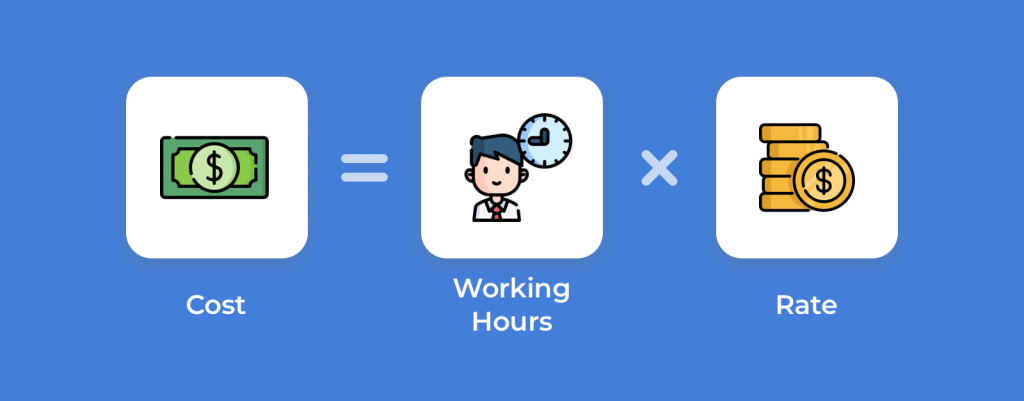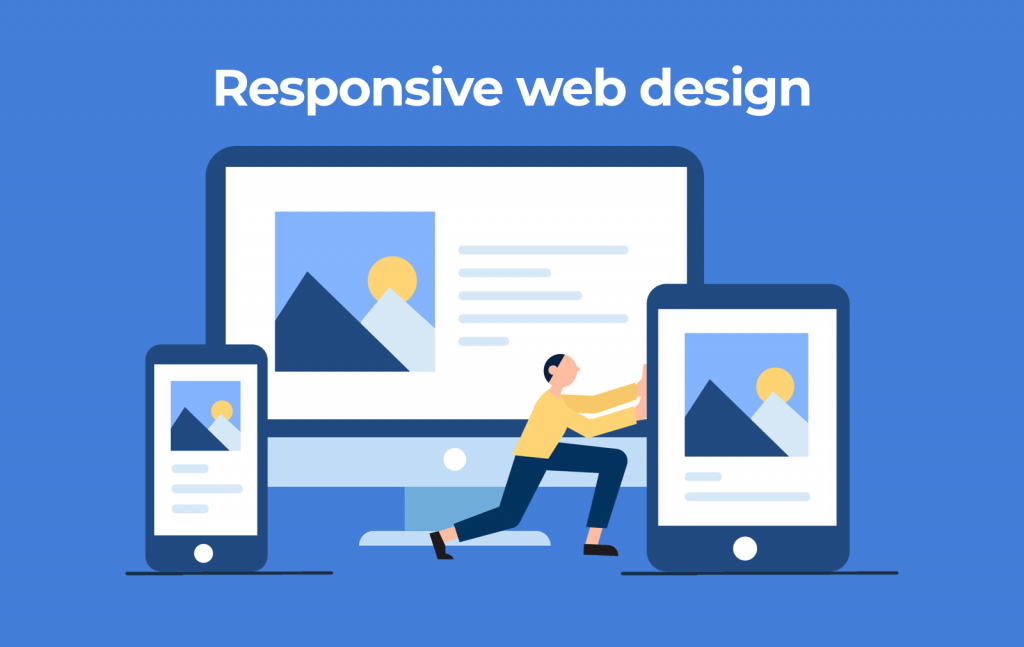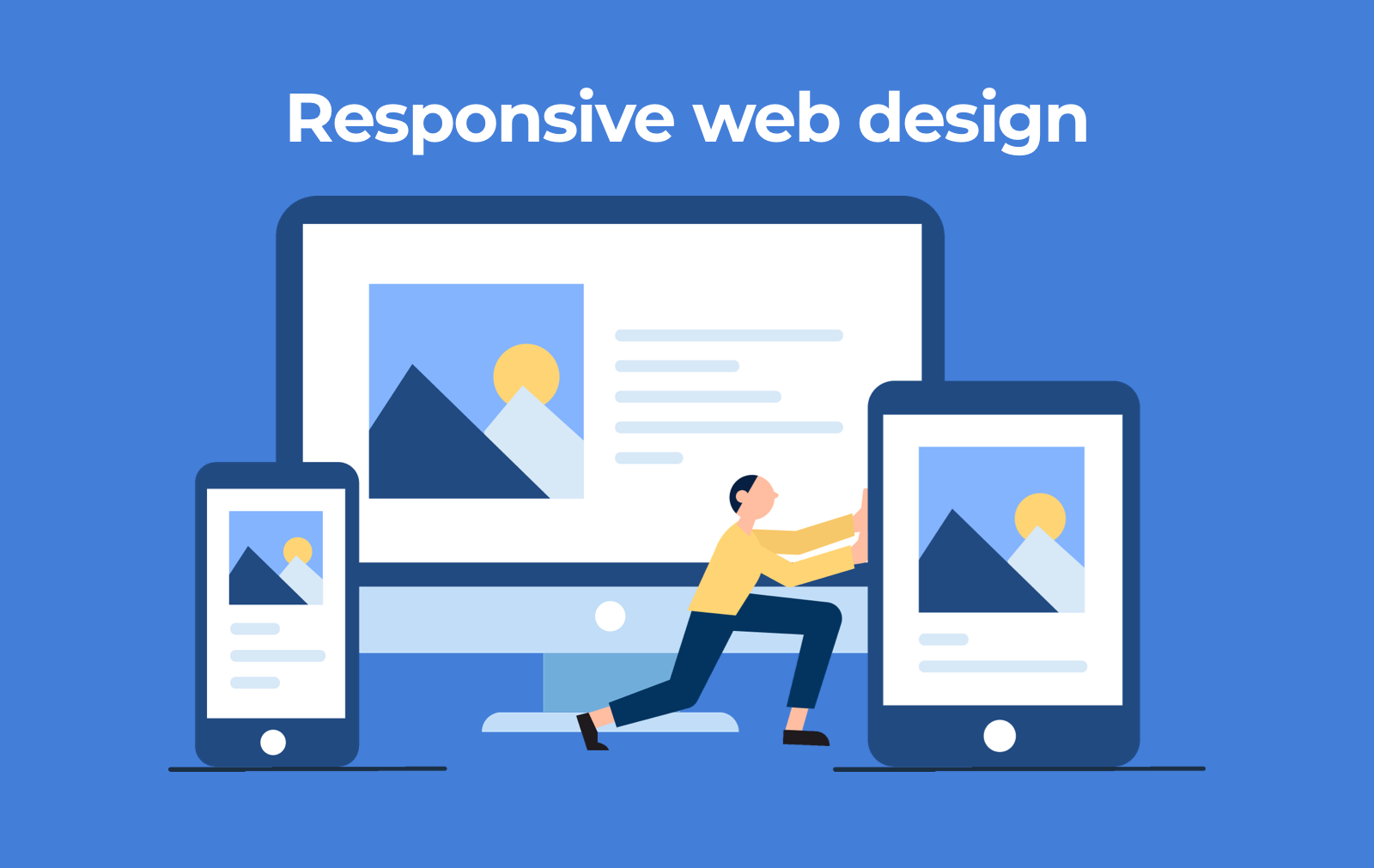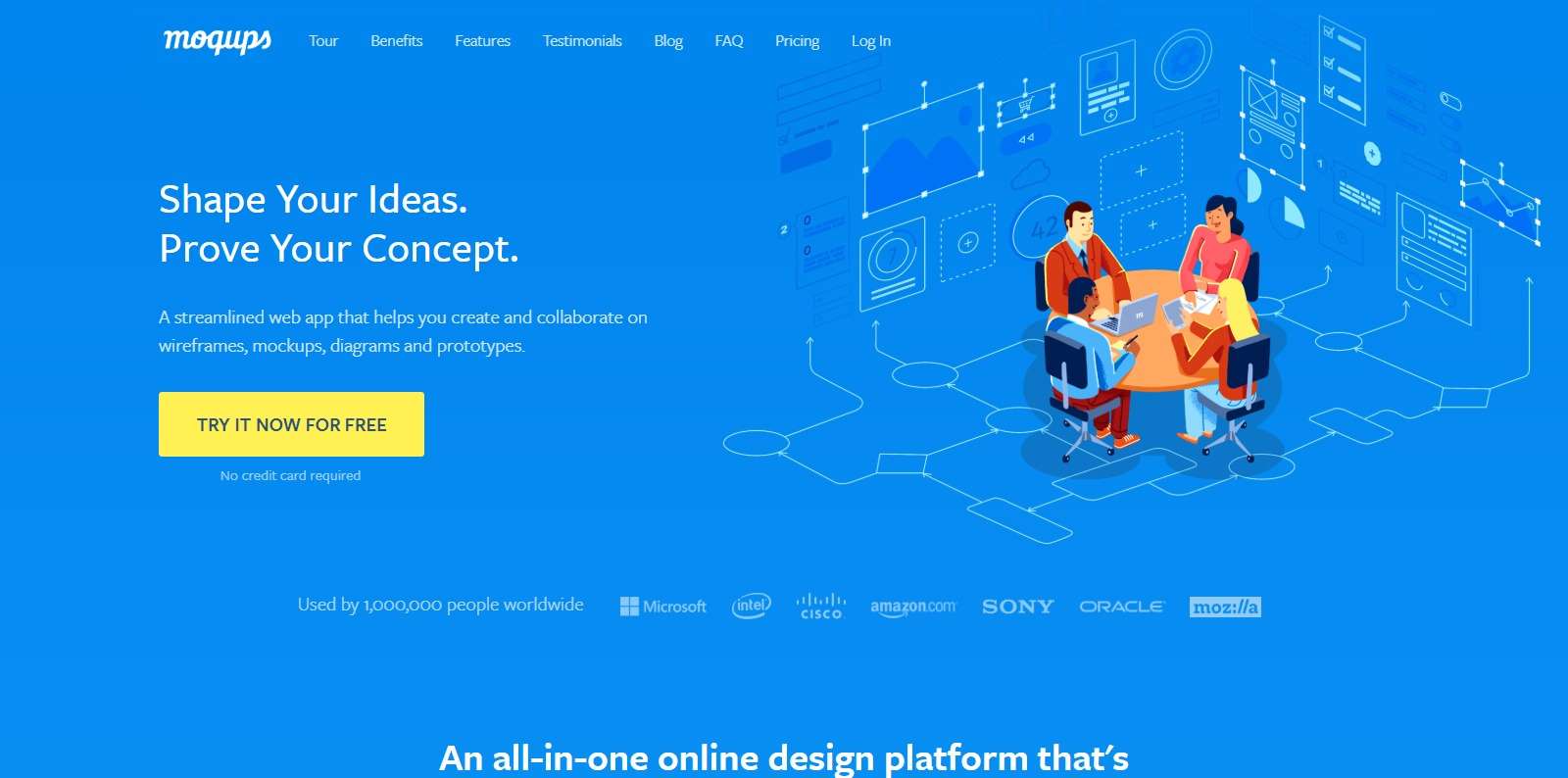How much does website design cost? There is no simple answer since the price can vary from $1,000 to $100,000 (and even more).
Website design cost depends on a bunch of aspects like complexity and number of pages. To figure out the price, UI/UX designers have to analyze your project requirements, figure out features, and create wireframes.
In this guide, we’ll discover the factors influencing website design cost and the steps to create an attractive web design.
What Affects the Web Design Price
How to calculate the web design price? The rule is simple: Сost = required working hours × hourly rate.
For example, if the team needs 100 hours to create a design and gets $50 per working hour, it’s 100h✕$50 per hour = $5,000.

There are several factors that affect the final price of the website design:
- Website complexity (custom elements, animations)
- The necessity to adapt to smartphones
- Who does the job — a ready-made template, freelancer, or a company
- The region where you hire UI/UX designers
Let’s figure out the details of each aspect.
1. Website Complexity
Let’s face it — the more complicated your website is, the more expensive it is. Of course, it’s cheaper to design a landing page than design corporate or e-commerce websites like Amazon or eBay.
However, you need to remember that a landing page can be different. It can be a simple page like Shopify without animations or a lot of elements. On the other hand, it’s possible to design an animated page like Apple did for its MacBook Pro.
To give you a hint, we’ve figured out web design costs either by features or screen/page complexity:
- Simple (text, a couple of buttons) takes 2-4 hours to design.
- Medium (authorization, maps) — 4-8 hours.
- Complex (animation, lots of elements) — 8-12 hours per screen.
2. Responsiveness
Websites should look good on mobile devices.
Quick stats:
- In 2021, 72.9% of all purchases will be made from smartphones.
- Mobile accounts for approximately half of the web traffic worldwide.
- Google loves responsive websites and ranks them higher.
As the user switches from their PC to iPad or a smartphone, the website automatically switches to accommodate resolution and image size.
It makes web pages render well on different devices — laptops, tablets, smartphones, so there’s no need to create a separate mobile version.
Responsive website design can be roughly estimated as ~40% of the web design time.

3. Vendor
There are three options to hire UI/UX designers:
- Ready-made template. Making a simple website, you can design a platform with the help of ready-made templates. There are websites like WordPress, Tilda, and Wix that let you create websites with minimal resources. Such a website is the most budget-friendly.
- Freelancer. If you want a custom design for the website, the next option is working with a freelancer. Hiring a freelance website designer costs less compared to an agency.
- Agency. The only bad side is probably the costs—they often depend on the company’s level. The more experienced designers they have, the more they charge.
4. Region
The vendors’ price depends on the region. For example, it’s much cheaper to outsource UI/UX design services in Eastern Europe in comparison to the United States or Western Europe.
To give you a hint, there is an average website design cost per working hour:
- United States — $79 – $163
- Latin America — $40 – $50
- Eastern Europe — $35 – $56
- Asia — $25 – $36
What Does Website Design Cost Consist of?
Of course, the process of creating a website design can differ in various agencies. However, if you want to have an attractive and user-friendly platform, you should follow these steps:
- Step #1. Do market research.
- Step #2. Create a design concept.
- Step #3. Make a visual design.
- Step #4. Consider additional services.
Let’s figure out the details of each step.
Step #1. Market Research
During the market research, you should find answers to the following questions:
- What is your company goal and mission?
- Who are your competitors?
- What is your monetization strategy?
- Why do you need a website?
- What features should your website have?
Having answers to these questions, UI/UX designers can create wireframes (a schematic placement of elements of the website).
Step #2. Create a Design Concept
Design concept stands for two or three visual concepts of the product for the customer to choose from.
UI/UX designers pick the appropriate colors, fonts, and other graphic elements. Also, they create a moodboard of the project and design three main screens of the application.
Step #3. Make a Visual Design
It’s time to move on with the design. Based on wireframes, designers start creating mockups for your website.
This stage takes the most significant time since designers should create all the required screens and their conditions.
Mind that if the project is being developed for several platforms (web and mobile apps), it’s required to design each separately. Also, mobile app design cost tends to be similar for Android or iOS. If you want to develop both apps (Android and iOS), you need to double the price.
It’s also required to create a style guide during this stage. It includes all the colors used for elements like buttons and animations. To make a style guide, UI/UX designers need at least 10 hours.
Step #4. Consider Additional Services
Of course, to create a successful platform, you need to consider additional services like adaptive or responsive web design or adaptation to other languages.
Depending on the complexity of additional services, designers need various amounts of time. To calculate the required time, it’s necessary to know your requirements and business goals.
As you can see, it’s quite complicated to figure out the website design cost. The best option is to consult with the UI/UX designers, sharing your requirements and expectations.
Author’s Bio
Vitaly Kuprenko is a writer for Cleveroad. It’s a mobile app and web development company with headquarters in Ukraine. He enjoys writing about technology and digital marketing.



